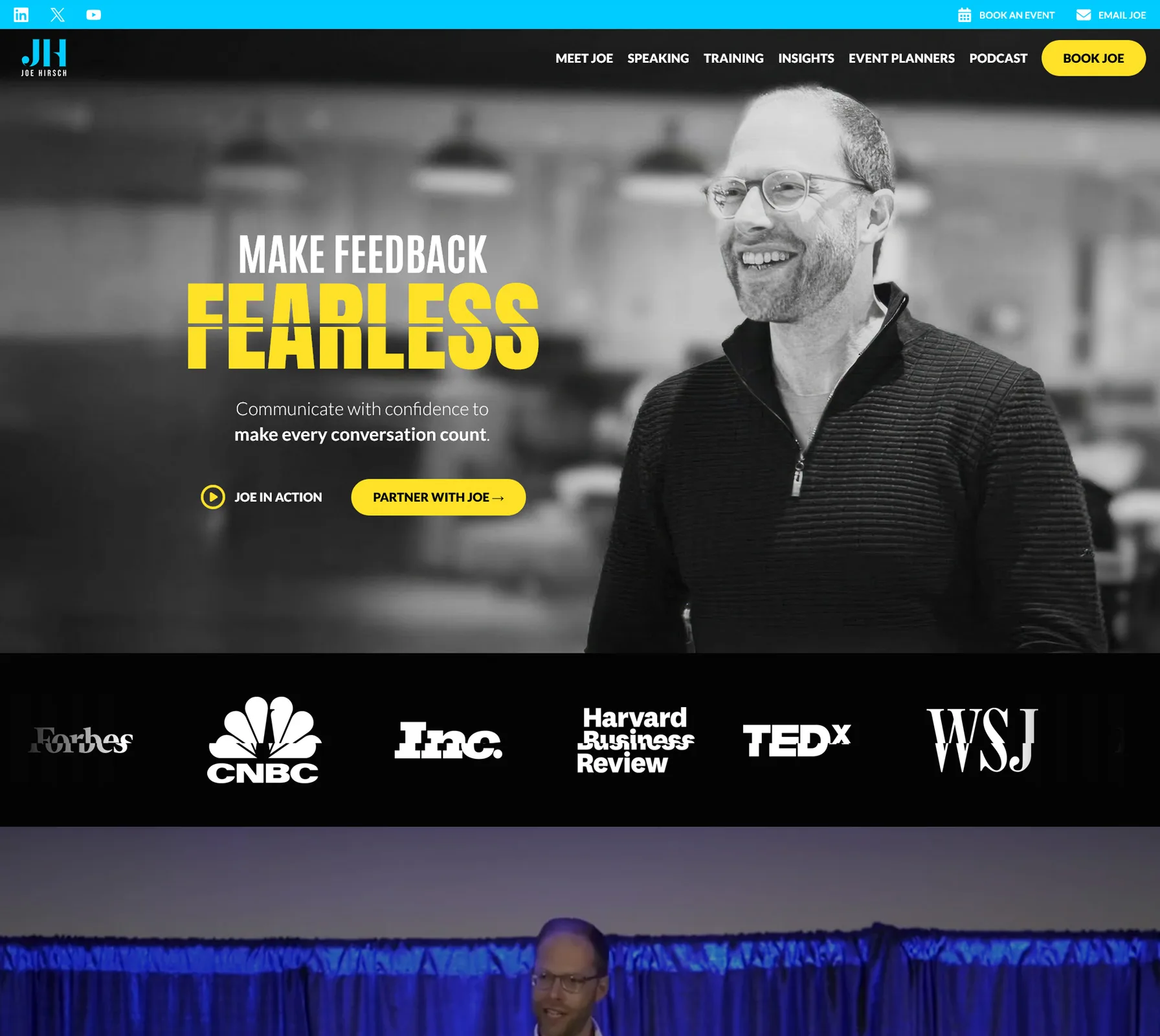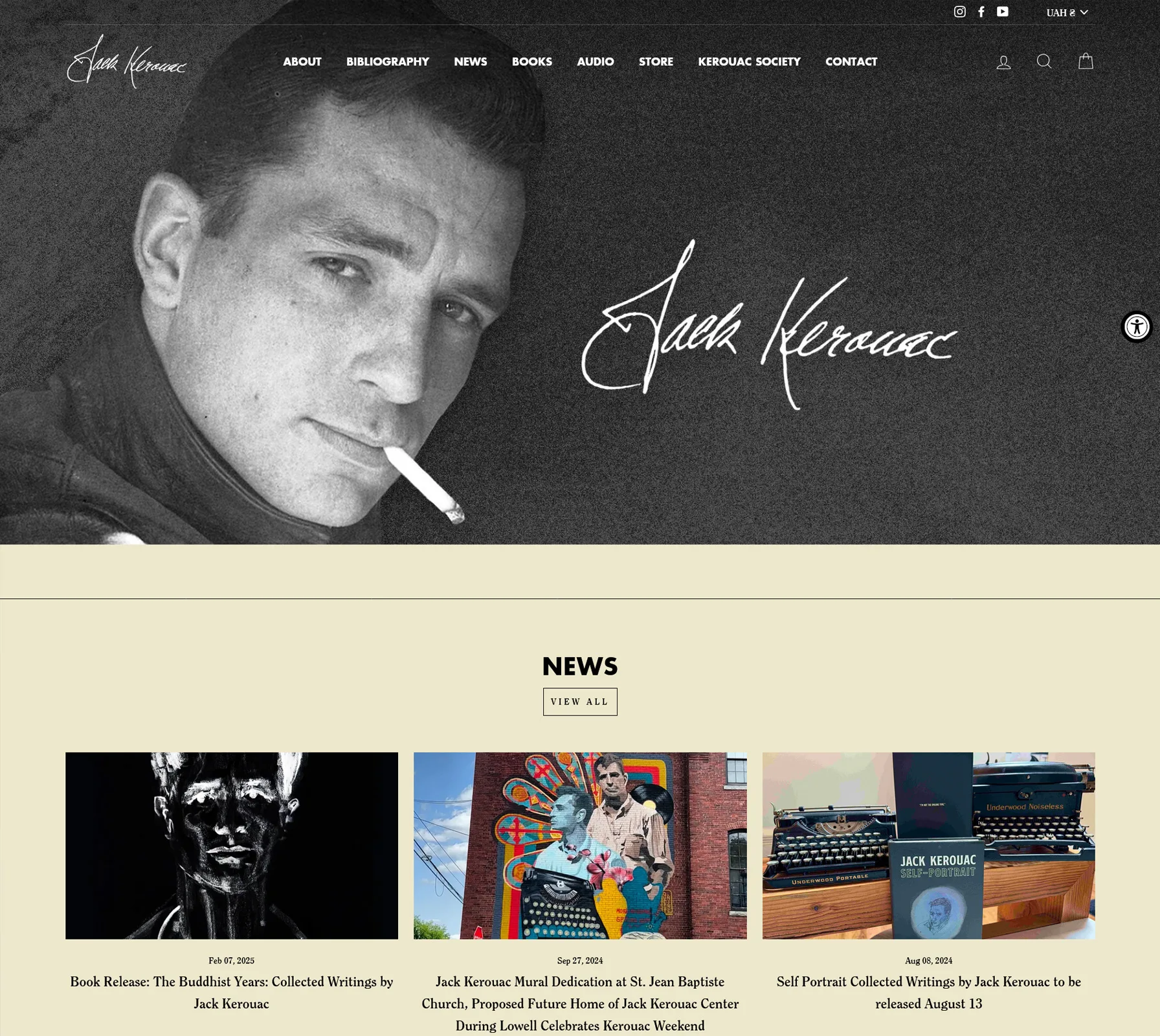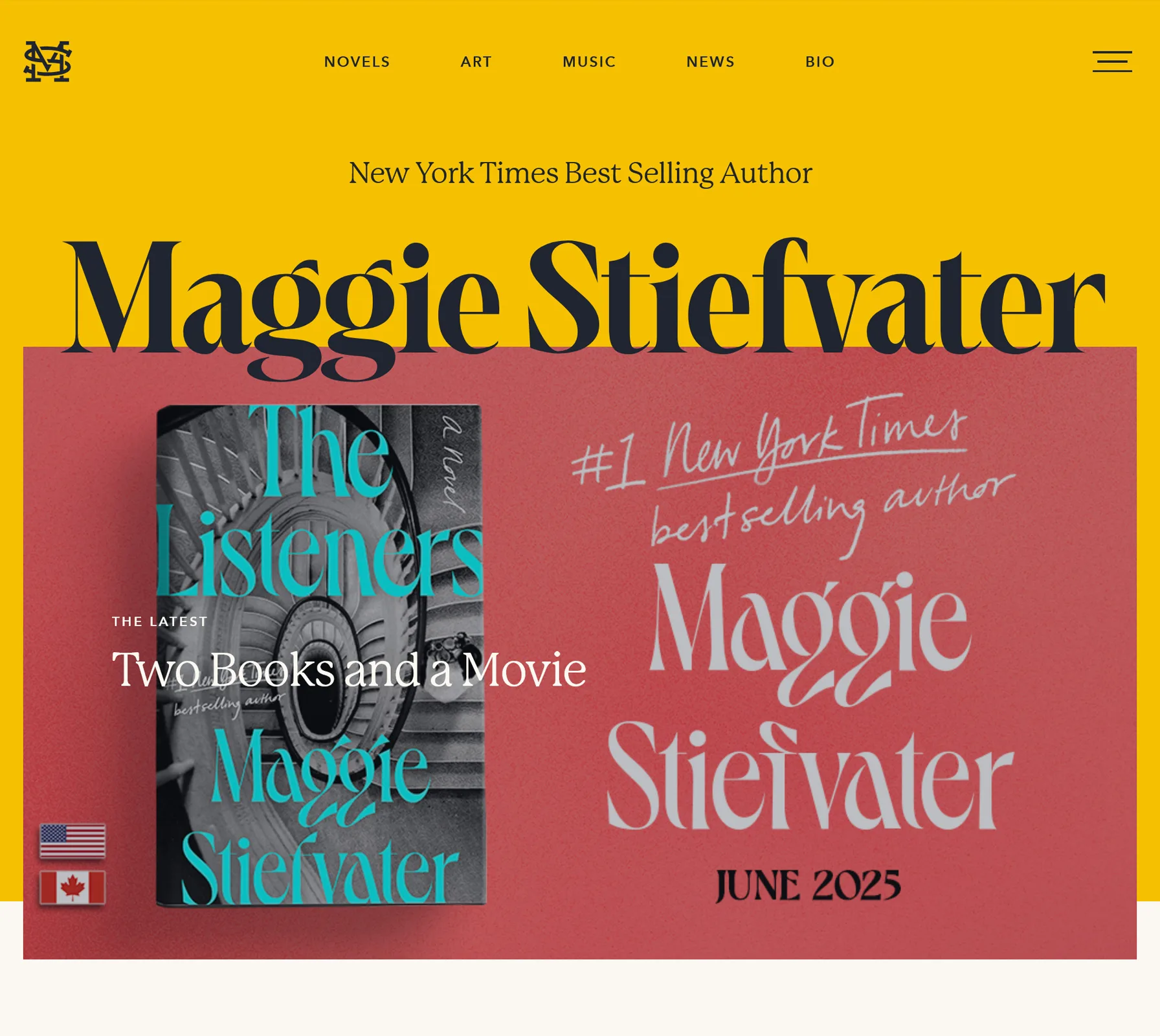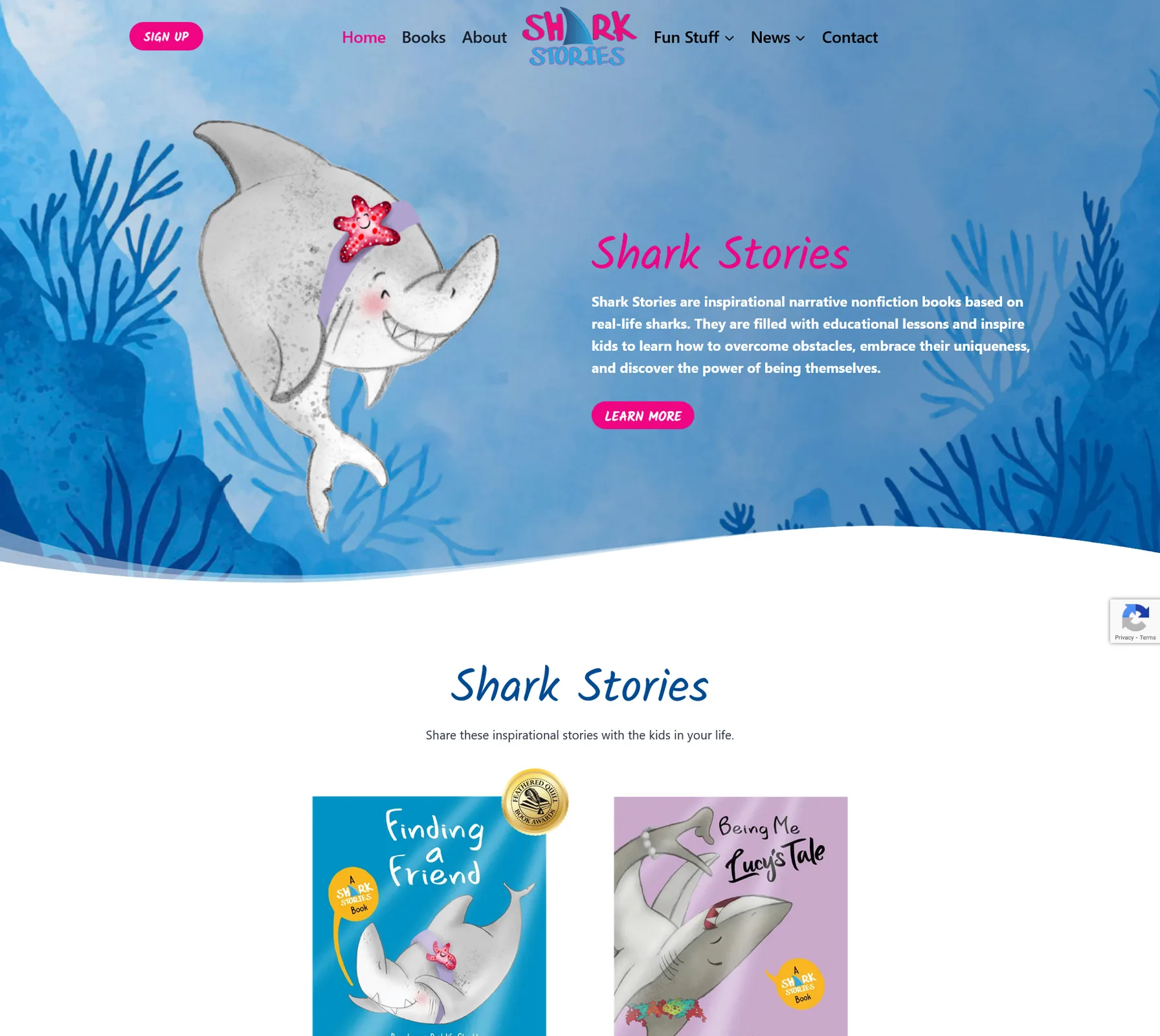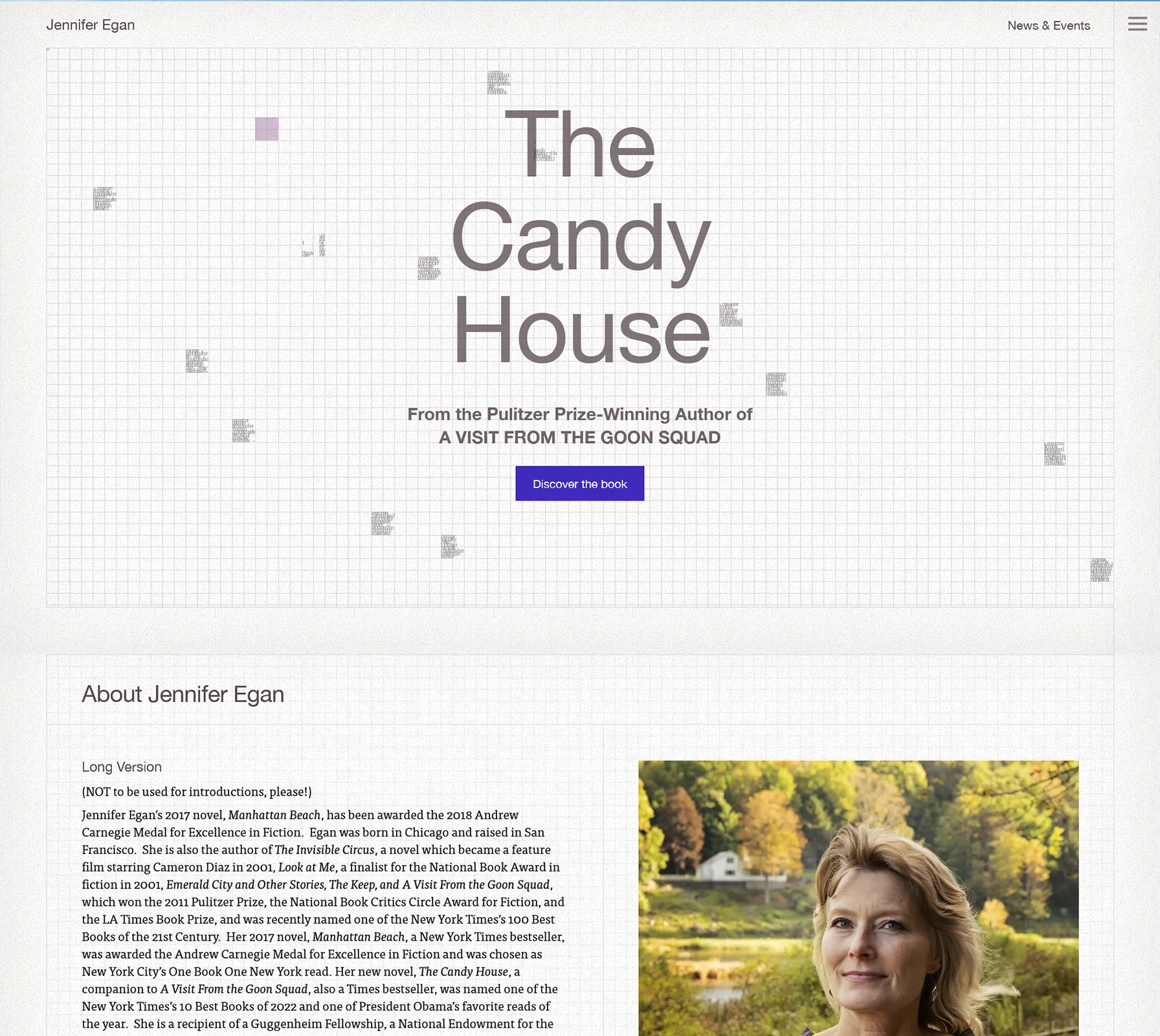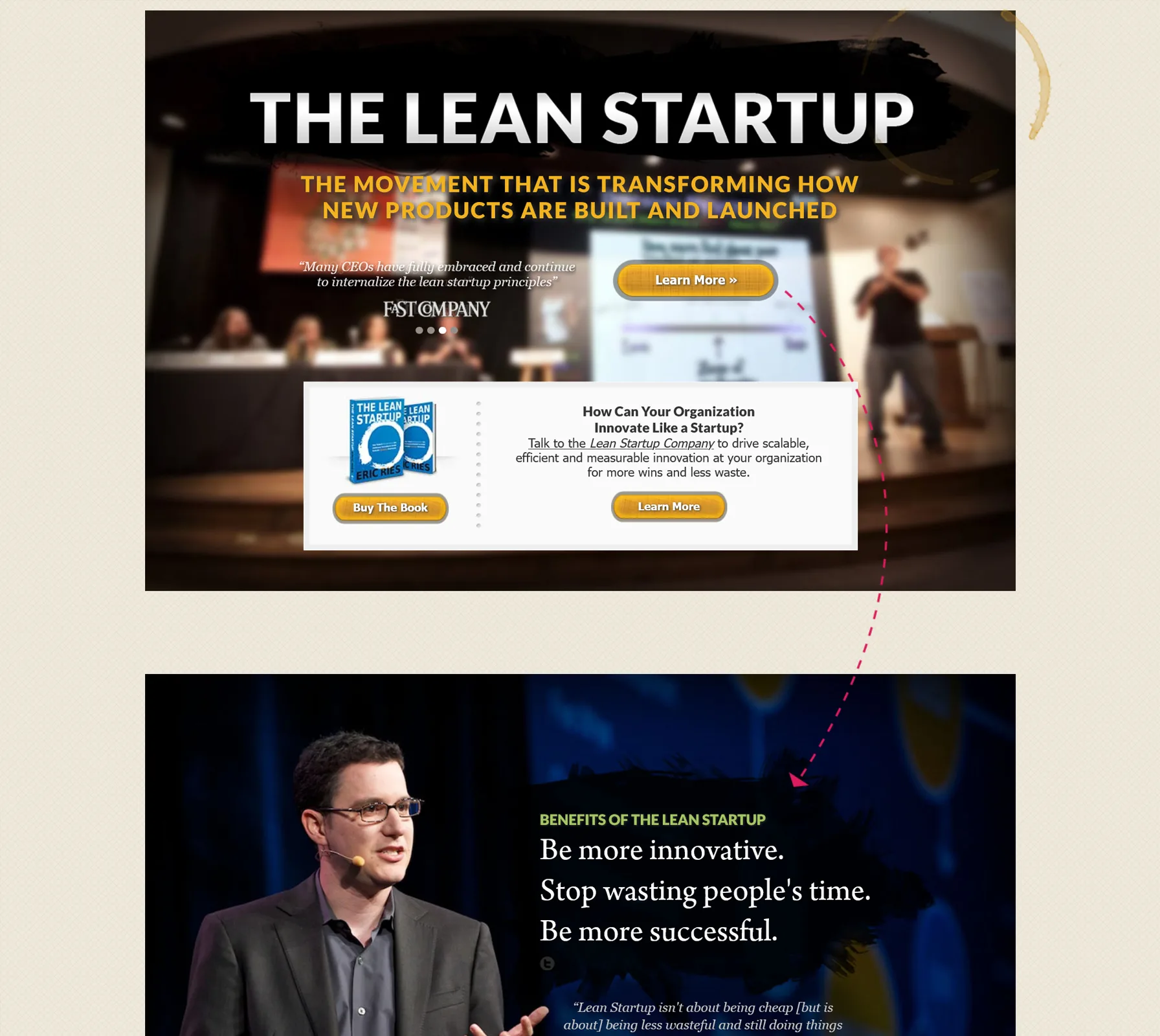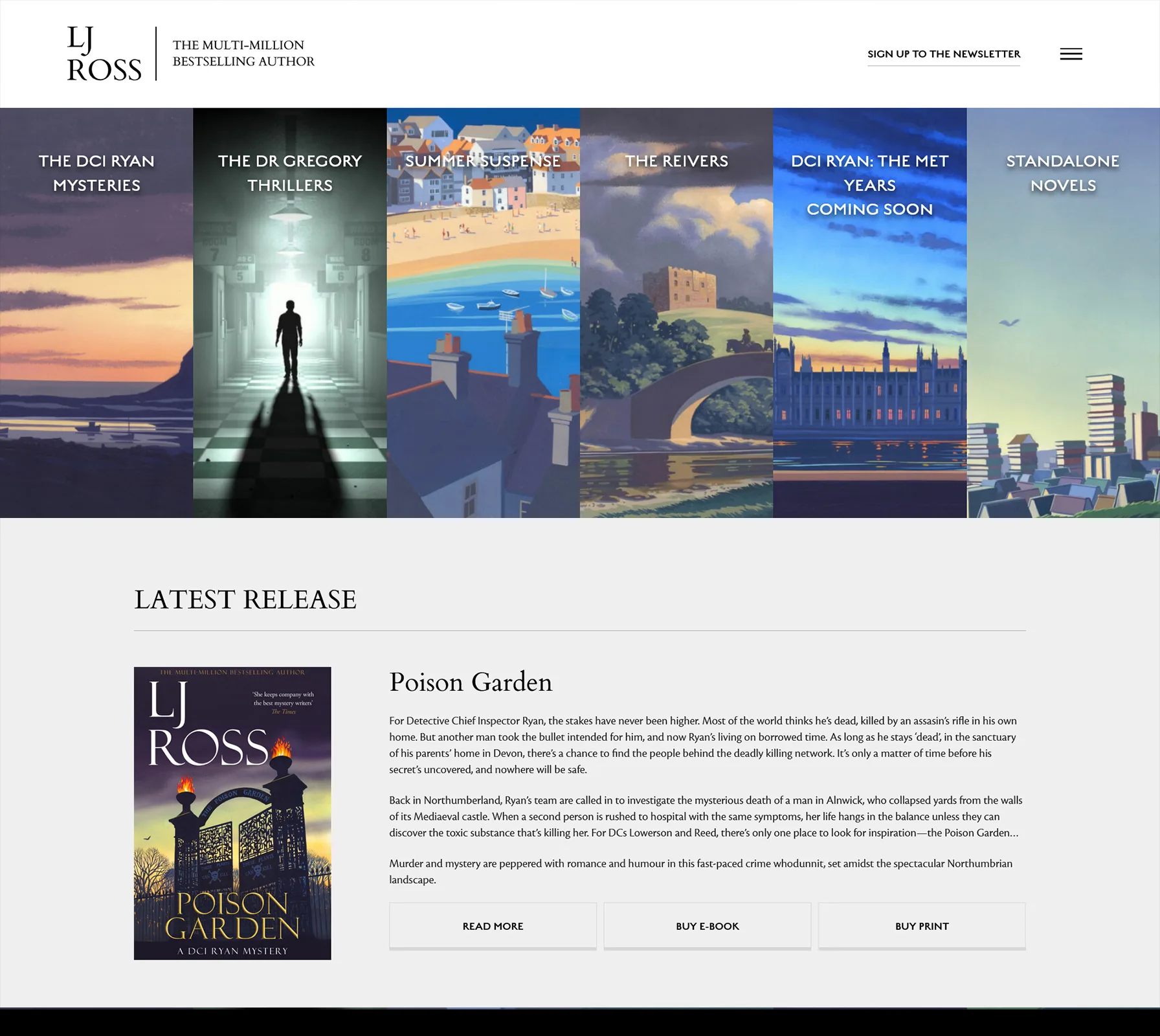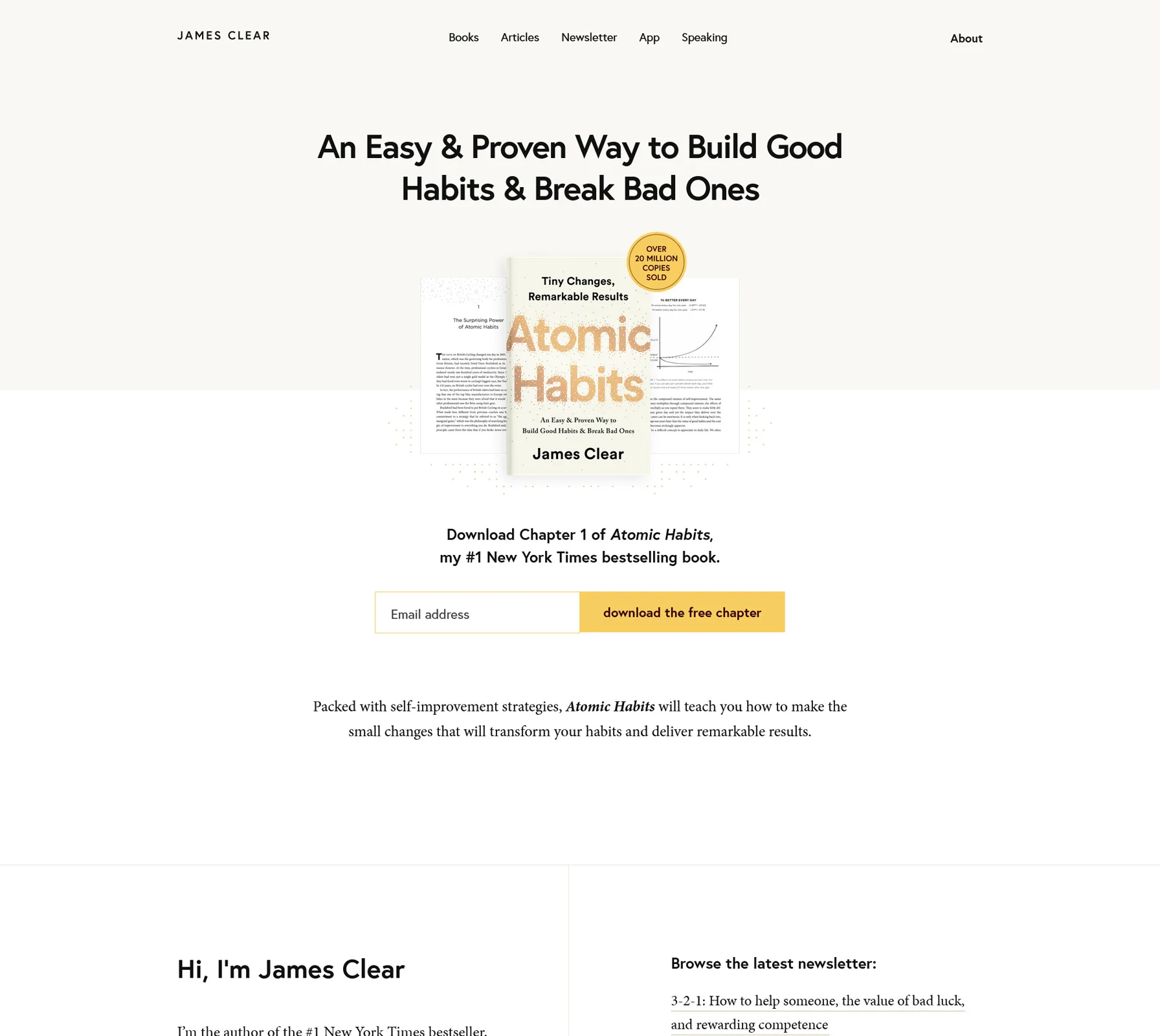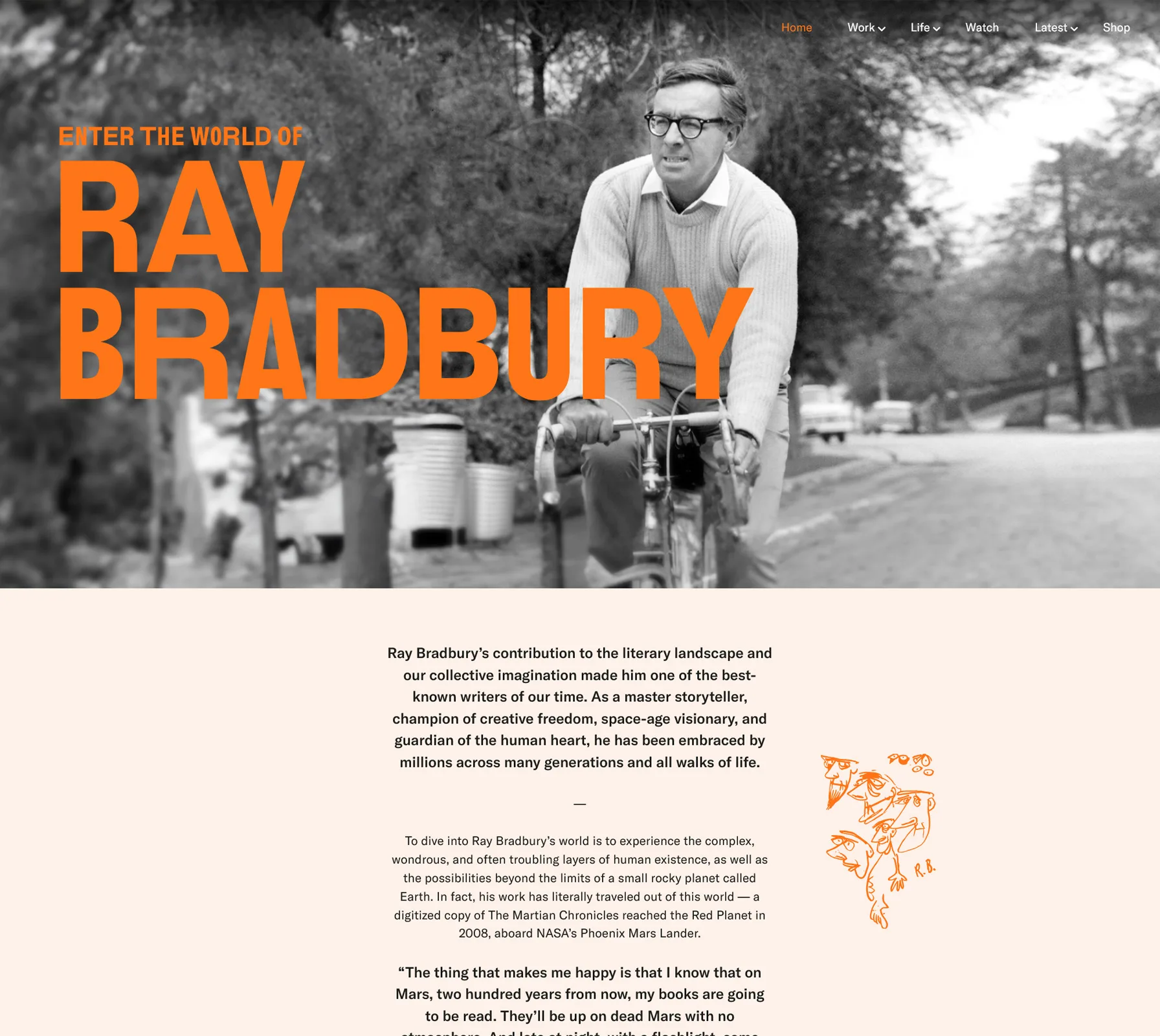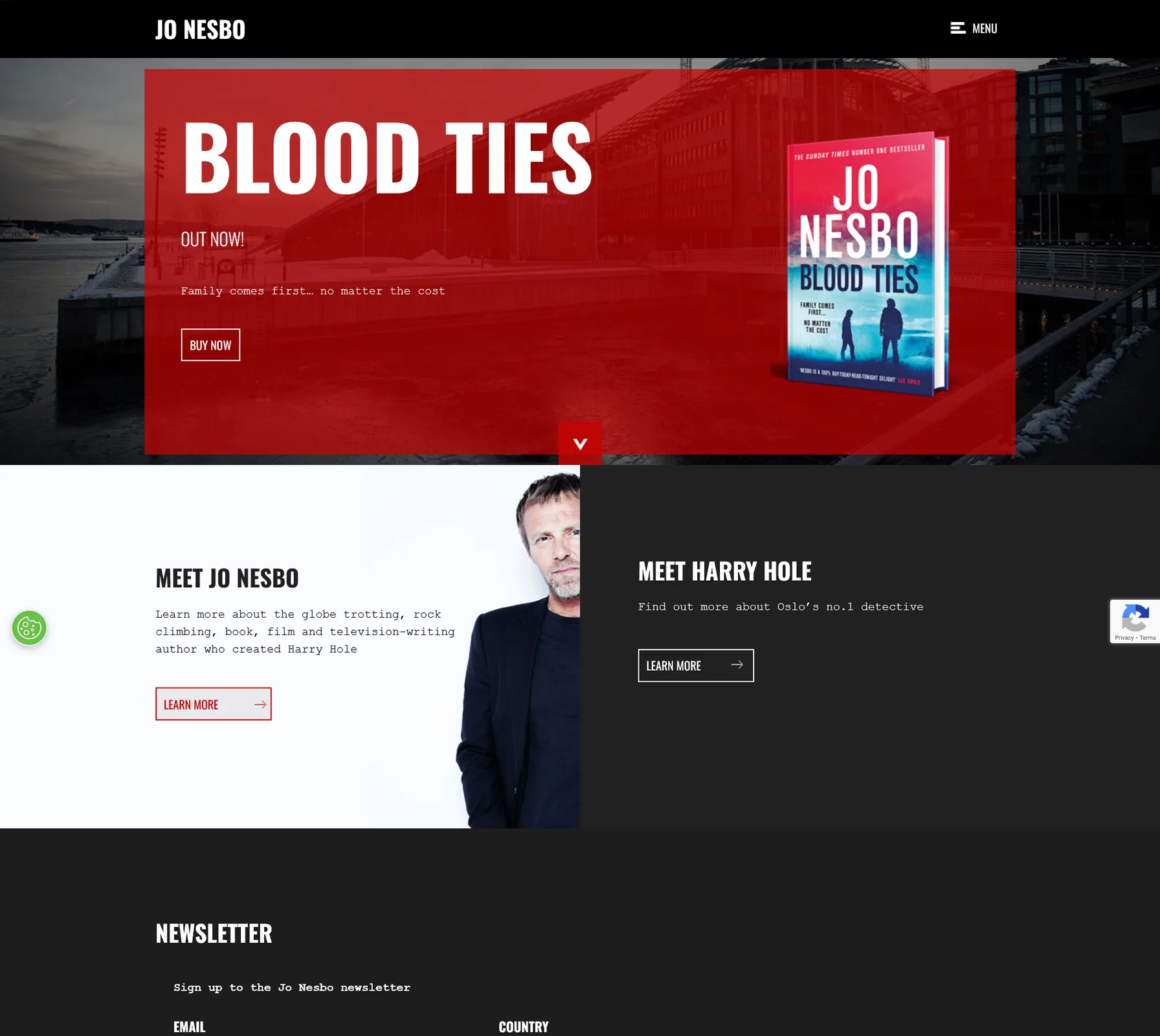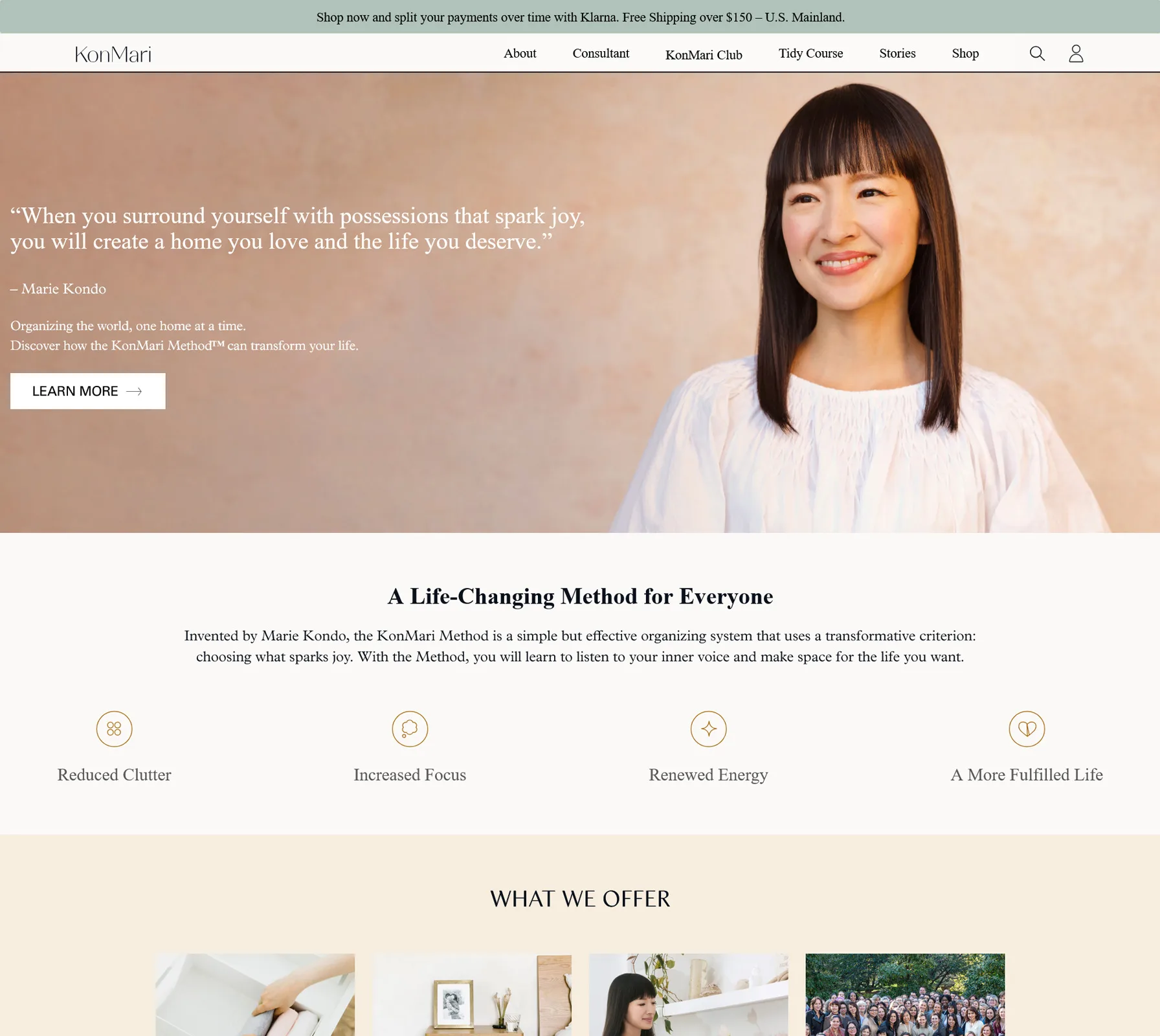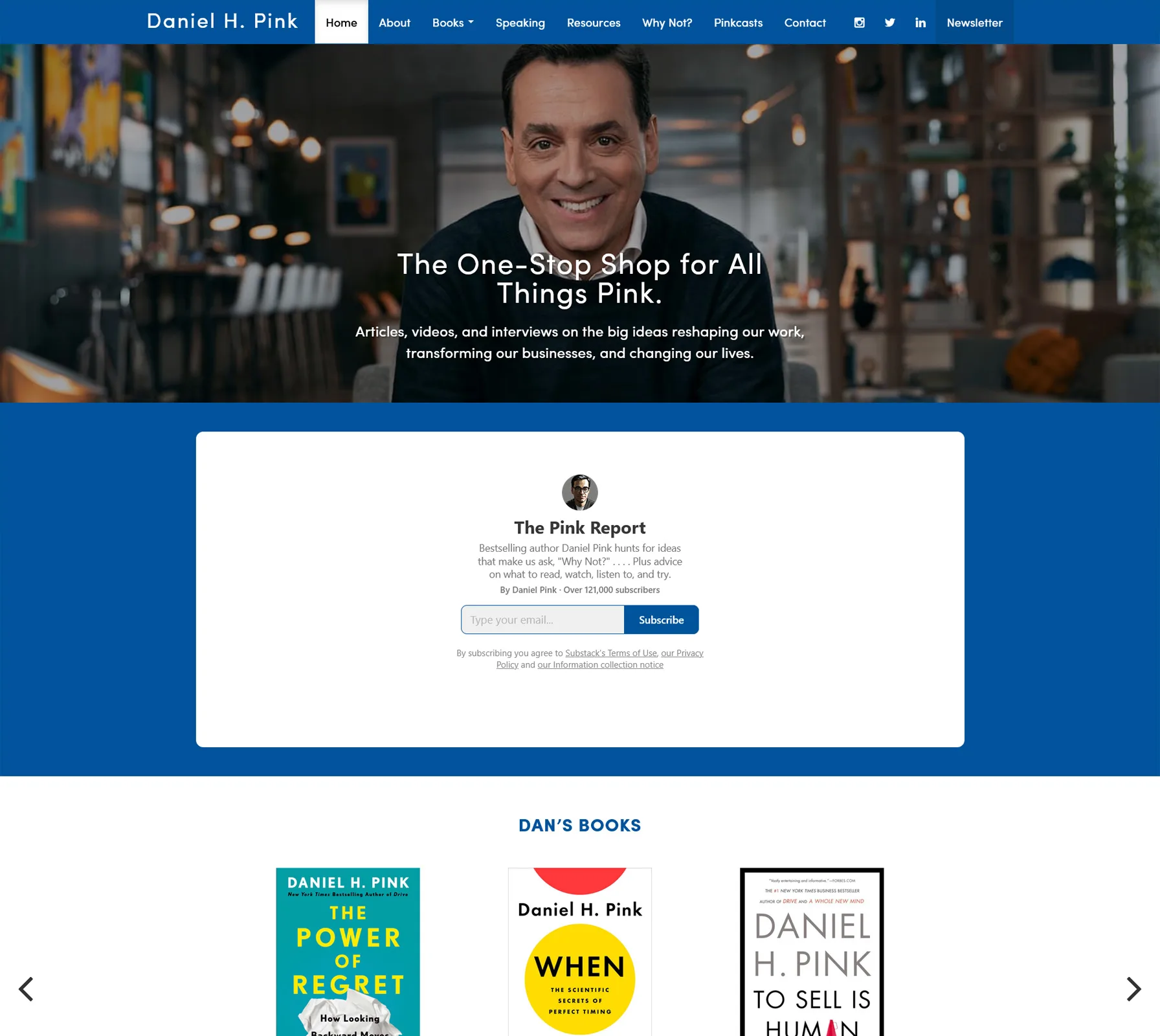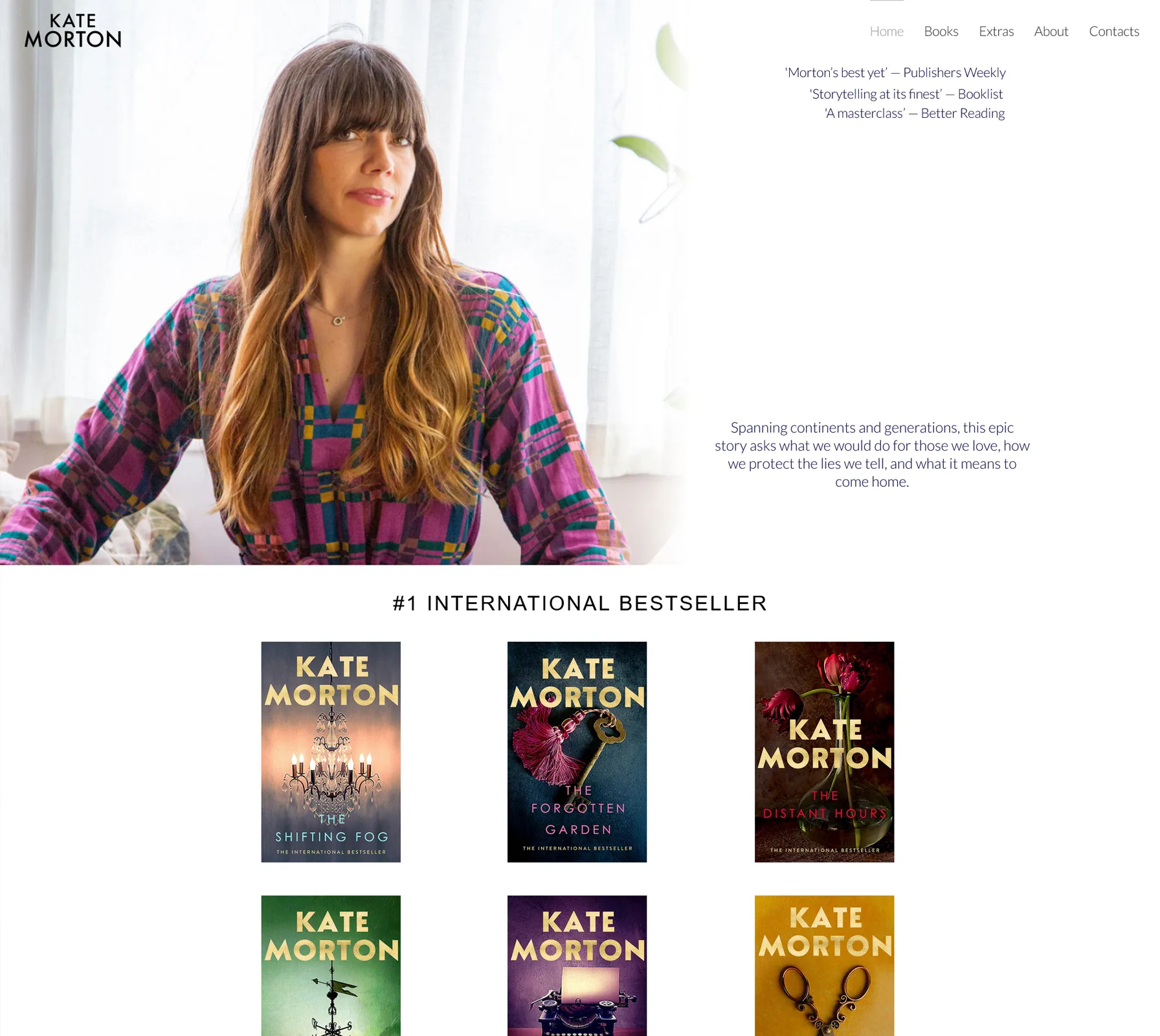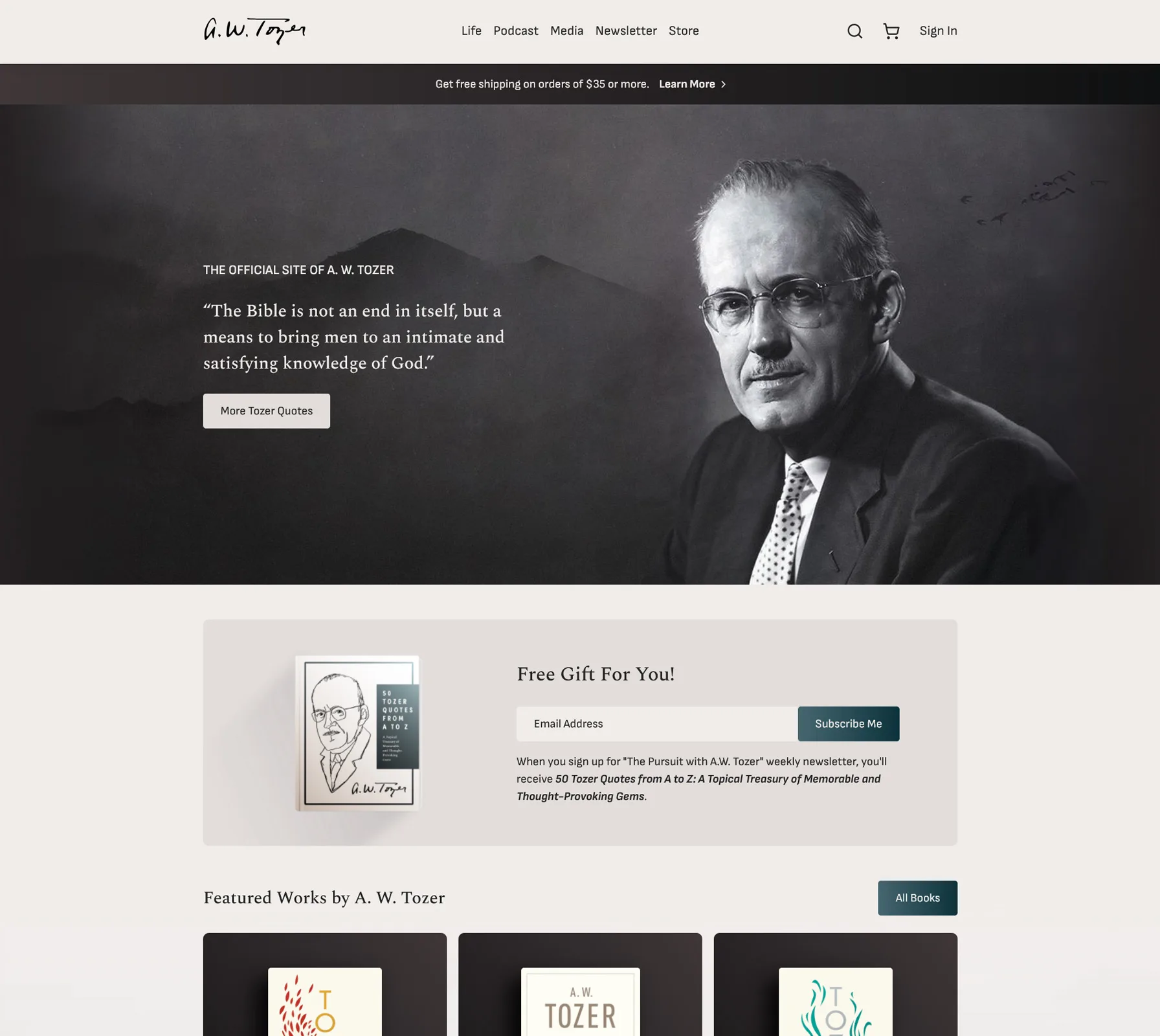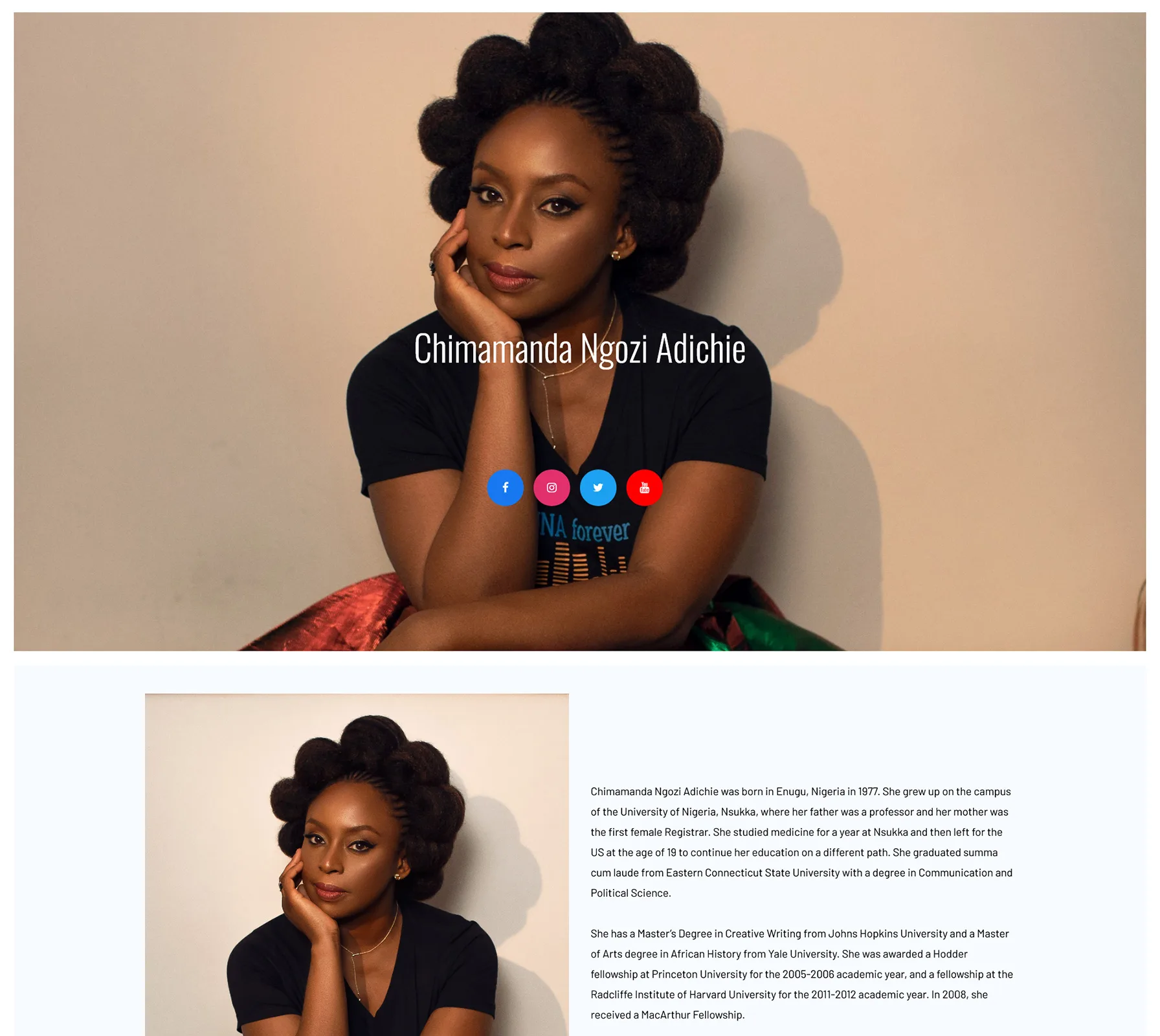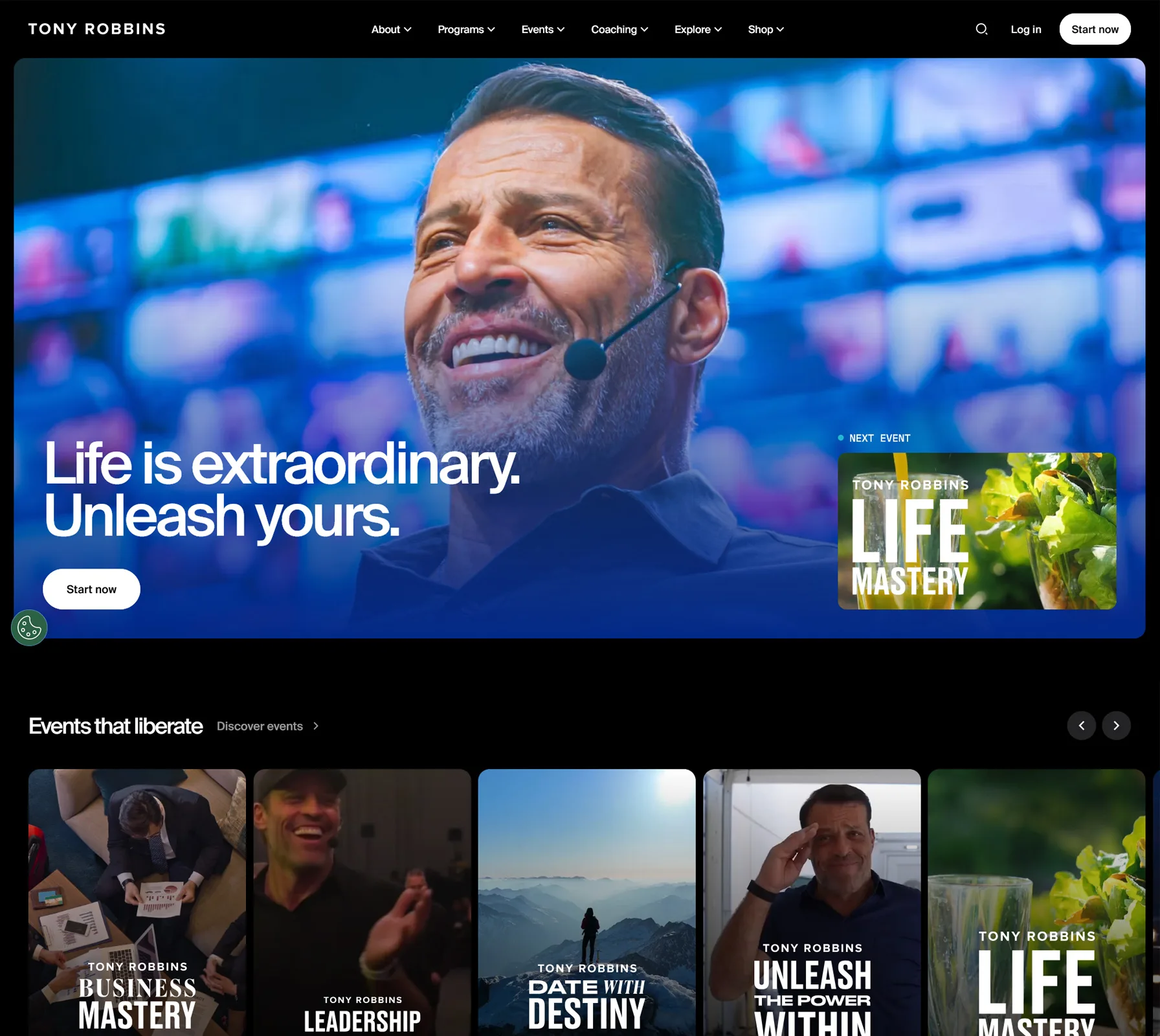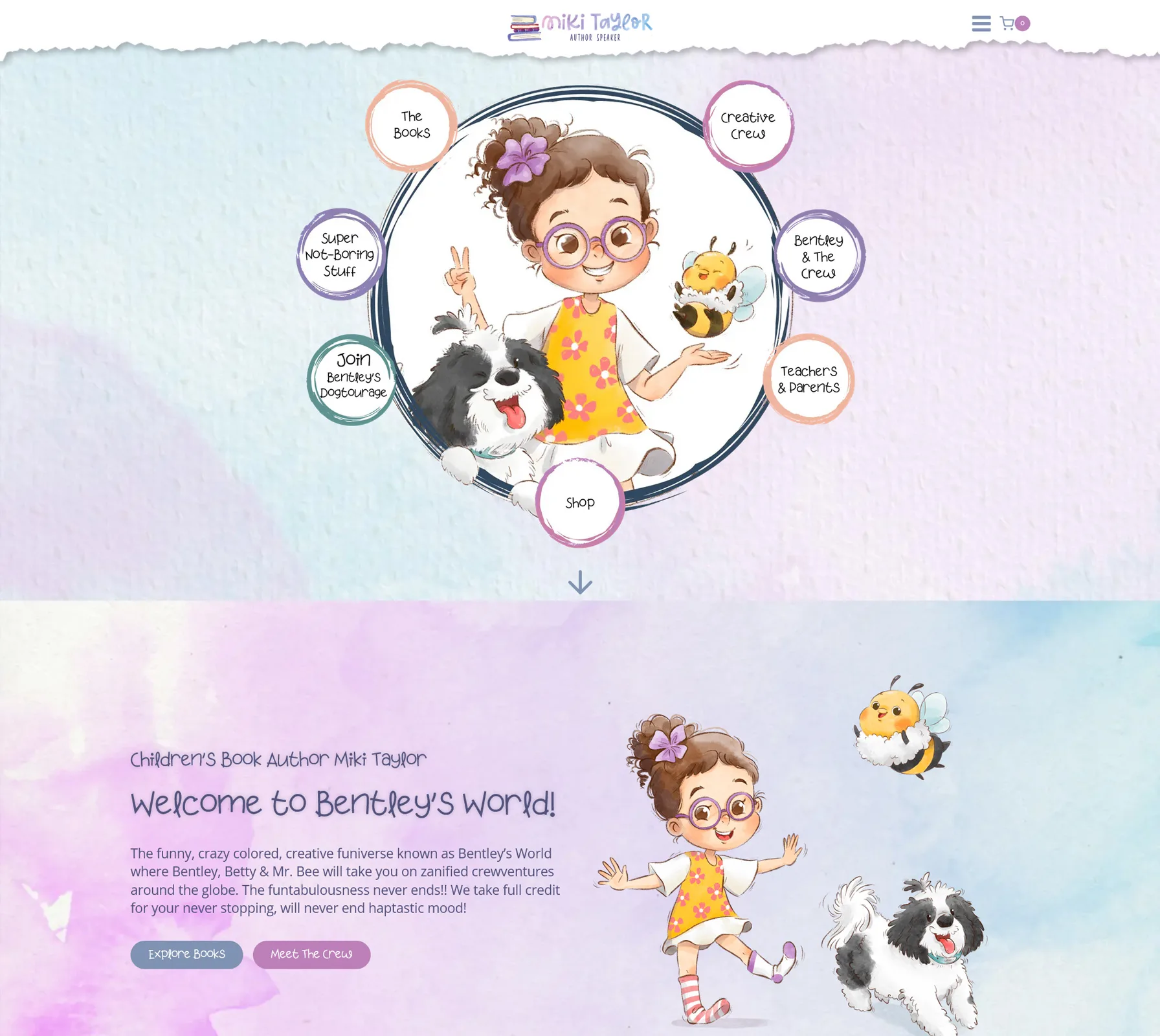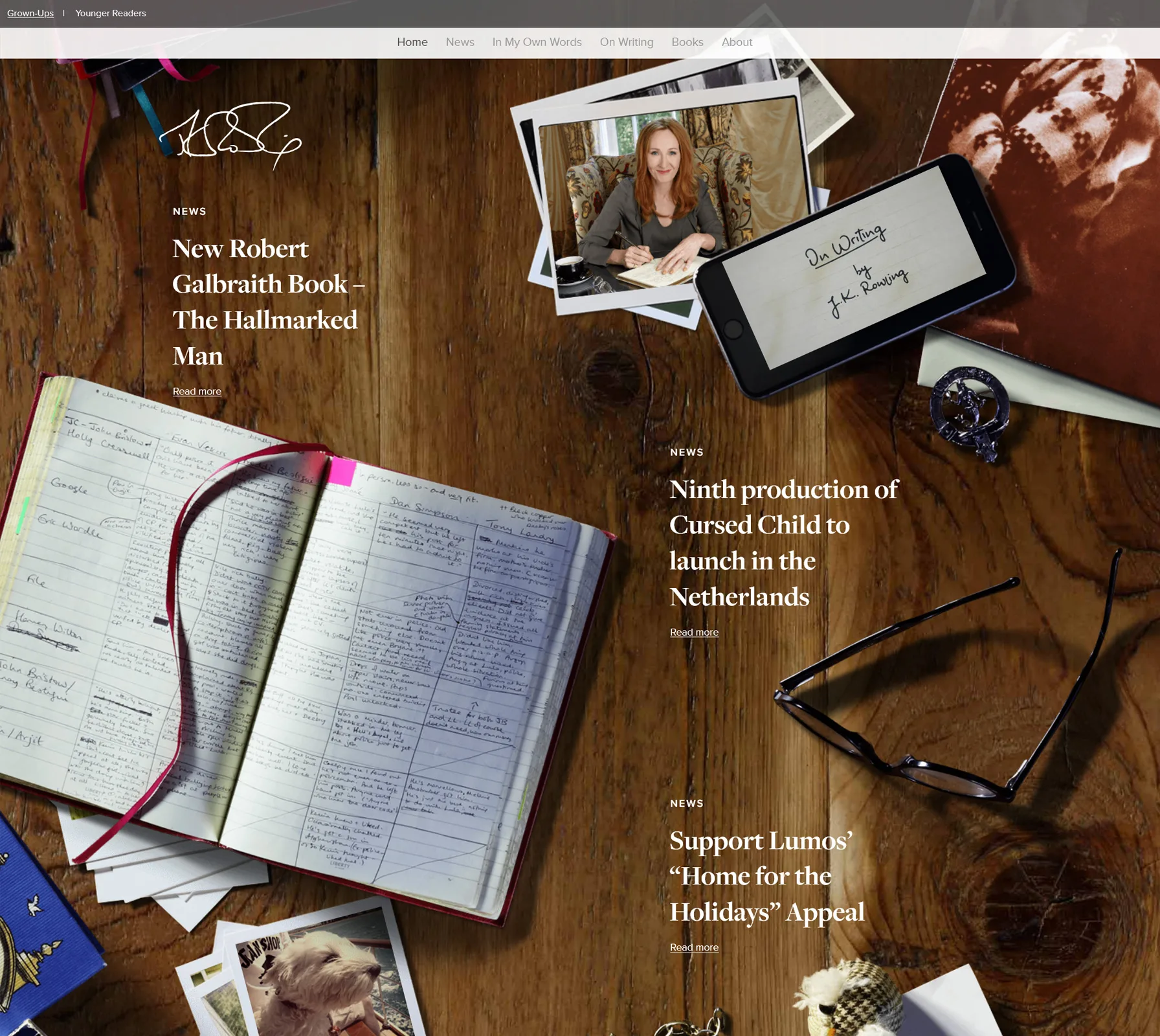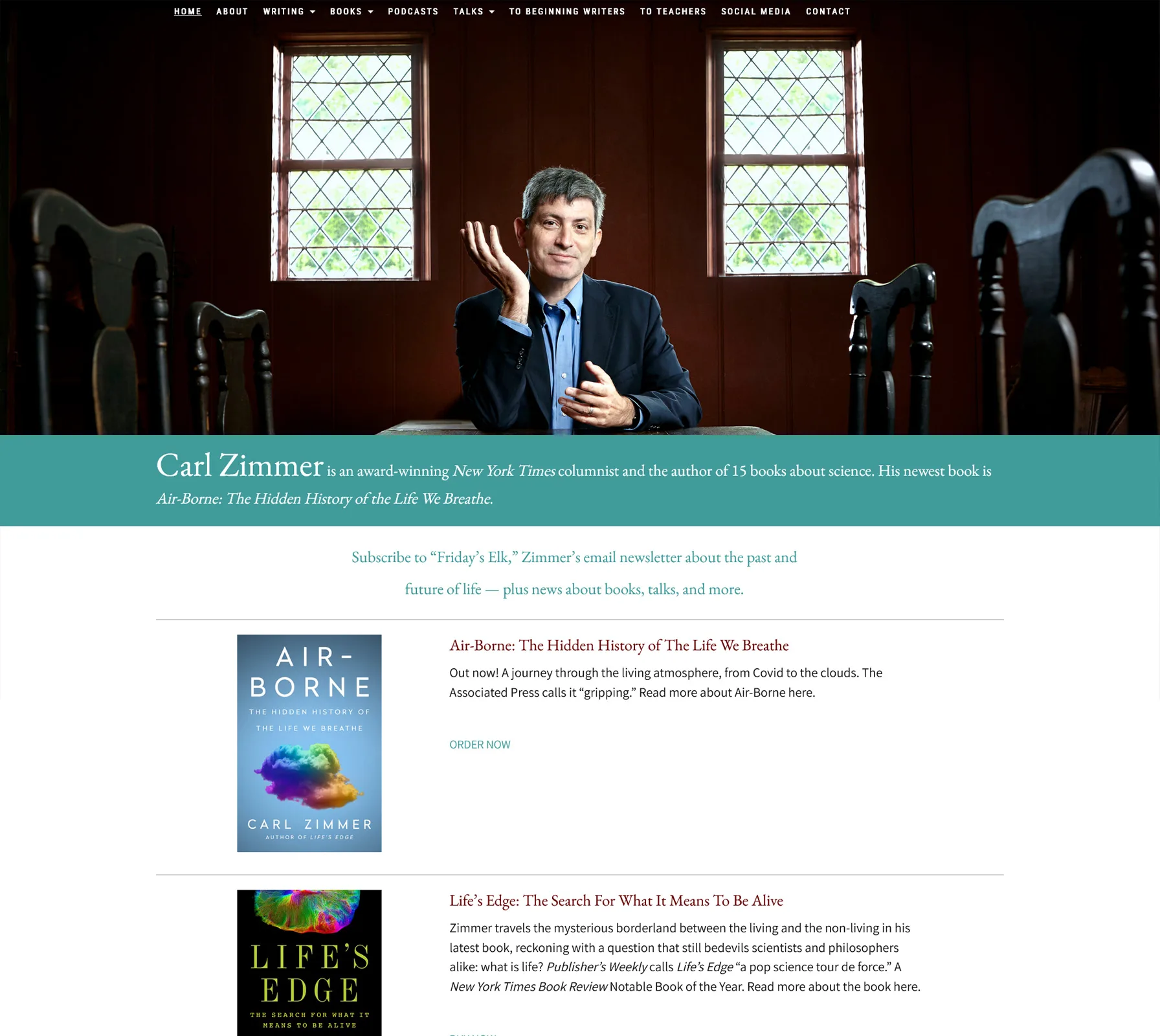In today’s digital age, an author’s website is more than just a digital business card; it’s a powerful tool for building a personal brand and connecting with readers. As authors seek to expand their reach, standing out online becomes critical. Whether through awe-inspiring design or strategic content, the best author websites captivate visitors and enhance reader engagement, driving awareness to new heights.
Why Does an Effective Author Website Matter?
An effective author website serves as a pivotal tool in an author’s marketing arsenal, offering numerous benefits that can significantly impact their success. Here are some compelling statistics that underscore the value of maintaining a professional author website:
-
Enhanced Discoverability Through Search Engines: A well-optimized website increases an author’s visibility online. For instance, author Suzanne Brockmann’s strong association with the keyword “Navy Seal romance” in search engine results has likely contributed to her prominence in that genre. Jane Friedman
-
Direct Sales Opportunities: While 87.5% of authors have a website, only 29.6% sell books directly from their site. However, 33.2% plan to start offering direct sales within the next year, indicating a growing trend toward leveraging websites for direct reader engagement and sales. Written Word Media
-
Building Reader Trust: A professional website enhances credibility. According to WPForms, 55% of people search the internet for a brand’s website, highlighting the importance of an online presence for authors to establish trust with potential readers. Jericho Writers
-
Centralized Information Hub: An author website acts as a centralized platform where readers, media, and influencers can access official information about the author and their work, facilitating better engagement and promotional opportunities. Jane Friedman
-
Long-Term Audience Growth: Consistent content creation on an author website leads to gradual audience growth. For example, websites that regularly publish content can see traffic increases of 11.4% within the first six months, with continued growth in subsequent years. Writers In The Storm
A thoughtfully designed author website effectively balances creativity with functionality, serving as a platform for authors to express their unique voice. By examining various successful author websites, such as those of Austin Kleon, Rupi Kaur, and LJ Ross, we can understand how design elements and branding choices contribute to their standout online presence. Understanding these key website features is essential for authors looking to craft a memorable and impactful digital presence.
This article dives into the best author websites that excel in driving awareness, exploring design elements like engaging homepage layouts, compelling ‘About’ sections, and strategic content platforms. You’ll discover how to enhance usability and build community, paving the way to increased visibility and connection with readers. By the end, you’ll be equipped with the insights needed to design your own effective author website.
Key Elements of an Effective Author Website
Creating an effective author website involves several key elements that enhance your online presence and connect with potential readers. A well-crafted author bio and contact information provide readers insight into who you are. Including an email list sign-up, especially through a pop-up, helps build an engaging author platform. This is essential for starting meaningful conversations via newsletters.
Integrate links to your books, complete with book covers and descriptions, to inform readers about your work. Blogging is another crucial component. It lets readers experience your personality and writing style. Consistent branding in your author website design, such as using matching color schemes, boosts your brand recognition.
Using platforms like WordPress, Squarespace, or Hubspot can simplify creating a professionally designed website. These tools also offer e-commerce functionalities, which are important if you want to sell books directly to readers.
Here’s a quick checklist for your author website:
- A Design that can Immediately Stand-Out
- Impressive Landing Pages
- Polished Branding
- Detailed Overviews on Books
- Engaging Fresh Content
- Multiple Ways to Convert Visitors to Followers
With these elements, your website becomes a powerful tool for attracting book sales and building an effective author platform.
Brené Brown’s website is a masterclass in authenticity and authority

Click here to see Brené Brown’s author website example
It’s beautifully designed to reflect her research-driven approach while remaining emotionally resonant and deeply human. Brené’s site is more than a portfolio—it’s a space that reflects the integrity of her work and invites visitors to go deeper. By combining clarity, purpose, and accessibility, it creates a lasting impression that builds trust and fosters community. It’s a brilliant example of how a speaker and author can translate thought leadership into a compelling digital experience.
Here’s what makes Brené Brown’s website successful:
-
Thoughtful Visual Hierarchy: The homepage guides visitors to her most impactful work—whether it’s books, podcasts, or speaking engagements—without overwhelming them.
-
Multimedia Integration: With seamless access to “Unlocking Us” and “Dare to Lead” podcasts, the site showcases her voice—literally—while expanding her message across formats.
-
Purpose-Driven Branding: Every element reinforces her core themes: vulnerability, courage, and connection. The design and language feel personal yet professional.
Rupi Kaur: Minimalism Meets Powerful Imagery

Rupi Kaur’s website is a masterclass in minimalism blended with powerful imagery. The site captures the essence of her poetry with a design that is both simple and elegant. Visuals on the homepage, including numerous pictures of Kaur, create a calming and welcoming experience for visitors.
Key features of the site include:
- Customized elements such as stickers and merchandise.
- Links to exclusive content like an Amazon Prime special and her world tour.
- Overlapping images and text for an impactful design.
The site maintains brand consistency with elegant color splashes and subtle illustrations. These choices reflect her poetic message and aesthetic.
Rupi adds a personal touch to her engagement strategy by labeling her newsletter as “love notes.” This invites potential readers to become part of her world. Through these engaging elements, Rupi Kaur establishes a strong author platform and bolsters her online presence. Her website is a true reflection of her art—minimalist yet profoundly moving.
James Clear: Clean and Impactful Branding
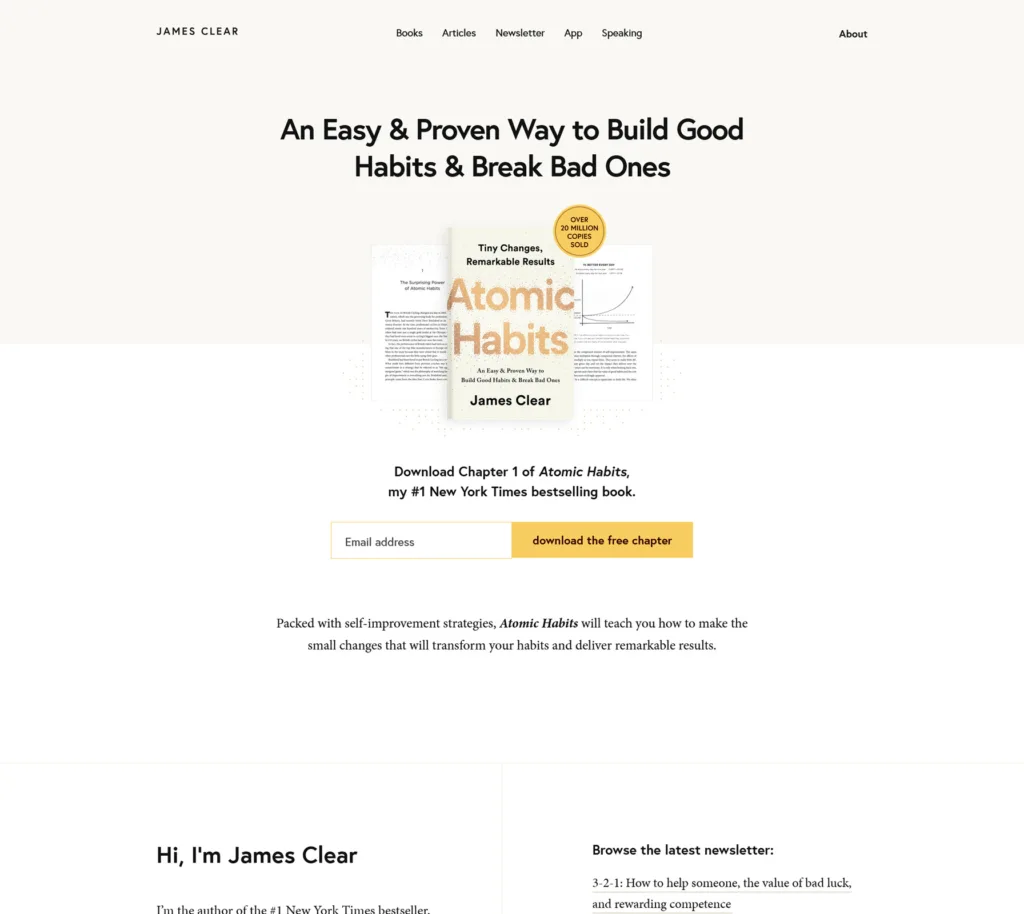
Click here to see James Clear’s author website example
James Clear has cultivated an influential online presence with a minimalist and purposeful design. His website delivers an immersive yet uncluttered experience, reflecting his philosophy on habit formation and productivity. Crisp typography, ample white space, and strategic use of visuals emphasize clarity and readability, inviting visitors to engage deeply with his content.
A distinctive aspect of Clear’s website is its adherence to simplicity, reinforcing his brand ethos that small, consistent actions lead to substantial growth. The absence of distracting elements keeps the focus on his insightful articles and resources, allowing visitors to quickly find actionable advice.
Clear thoughtfully integrates thematic visuals—such as clear diagrams and quotes from his best-selling book, “Atomic Habits”—which reinforce his teachings on personal development. These visuals not only strengthen brand coherence but also provide visitors with an immediate understanding of his core concepts.
Key Elements of James Clear’s Website:
- Minimalist design emphasizing clarity
- Strategic use of white space and typography
- Integration of visuals from “Atomic Habits”
This blend of clean aesthetics and practical content exemplifies how authors can effectively structure their websites to resonate deeply and authentically with their audience.
The Importance of a Captivating Homepage
A captivating homepage is an essential element of any author website. It’s often the first page potential readers see in search results, making it crucial for creating a strong first impression. A homepage should not overwhelm visitors with too much content. Keep it clear and engaging. Highlight your author bio, book title, and book sales to attract interest. Simple navigation is key; offer direct paths to sections like “About,” “Contact,” and “Books.”
If your homepage includes blog posts, showcase recent entries with images and short excerpts. This approach keeps visitors engaged without overwhelming them. Including social proof, like book reviews or endorsements from online retailers, can help establish credibility.
Here’s a checklist to ensure your homepage stands out:
- Clear introduction
- Simple navigation
- Prominent author bio
- Highlights of book covers and titles
- Engaging blog post excerpts
- Social proof like reviews
By focusing on these elements, you create a professionally designed website. This approach enhances your author platform and encourages readers to explore more. Your homepage is the gateway to your online presence, so make it memorable.
Crafting a Comprehensive About Section
Creating a comprehensive About section is essential for an author website. Start with a short bio to give readers a quick overview. Add a “read more” link to a dedicated page for a longer bio, inviting those eager to dive deeper into the author’s story.
Author photos are crucial. They create a personal touch and help potential readers connect visually. Consider placing these alongside both bios.
Include upcoming author events. You can list these on the bio page or dedicate a separate, easily accessible page. If events happen often, add them to the main menu for easy navigation.
Here’s how to structure your About section:
- Short Bio: Concise overview with a “read more” link.
- Author Photos: Include alongside bios.
- Long Bio: Detailed background on a dedicated page.
- Upcoming Events: Listed under About or in the main menu.
This setup not only boosts the online presence but also encourages engagement. It’s an essential element for maintaining a vivid author platform.
Enhancing Usability for a Seamless User Experience
Enhancing usability is key for a seamless user experience on author websites. With nearly 60% of web traffic coming from mobile devices, optimizing for mobile navigation is crucial. This ensures potential readers can access content easily, no matter their device.
A consistent color scheme aligning with book branding provides a coherent visual experience. This makes navigating the site intuitive and aesthetically pleasing. The design should focus on the books, and other website elements should act as supporting characters.
Highlighting translated editions is another essential element. This caters to a broader audience, ensuring inclusivity and accessibility. Additionally, features like email list sign-ups via platforms like Ghost increase user interaction. These newsletters can keep readers updated on blog posts, book releases, and events.
Consider the following elements for enhancing usability:
- Device Optimization: Ensure mobile responsive design.
- Visual Consistency: Use a color scheme that reflects book branding.
- Content Prioritization: Keep books central to the design.
- Inclusive Features: Include translated book versions.
- Engagement Tools: Implement newsletter sign-ups.
Incorporating these strategies enhances user experience, boosting author platforms and book sales.
Creating Community Through Engaging Content
Creating an engaging author website is key to building a strong community and connecting with fans. One essential element is the inclusion of blog posts. These serve as a middleman, transforming casual followers into devoted readers. Blogs increase an author’s reach by showcasing personality and craft. They also create excitement around current and future projects.
An authentic author bio and book description can draw in potential readers. To make an impact, use your website to share more than what social media allows. This deeper connection is what turns interest into loyalty. Consider designing your website professionally to keep readers coming back. Utilize e-commerce functionalities to offer book sales directly.
Here’s a quick checklist for creating an engaging platform:
- Include a captivating author bio
- Regularly post blog content
- Provide book descriptions and reviews
- Use social proof like testimonials
- Offer author newsletters to keep your audience informed
Having an online presence is more than just having a domain name. It’s about creating anticipation and maintaining interest among your readers. With engaging content, your author site can become a vibrant community hub.
Steps to Design Your Own Impactful Author Website
Creating an impactful author website is key to building your online presence. Here’s a step-by-step guide to get you started:
- Domain Name: Choose a unique domain name. This acts as your web address and helps potential readers find you easily.
- Partner Selection: Choose a web design company that understands your business goals, provides reliable support, and offers solutions tailored to your specific needs. The right partner will deliver a functional, user-friendly website and help your business thrive online.
- Choose a Theme: Opt for an author website theme. A visually appealing design should align with your branding and personal style.
- Customization with Plugins: Enhance your site with plugins. These add features and improve interaction and functionality.
To make it easier to understand, here’s a quick table:
|
Step |
Description |
|
Domain Name |
Select a unique web address |
|
Web Design Company Selection |
Use a company that can help develop an emotional connection with your audience |
|
Choose a Theme |
Align design with your branding |
|
Customization |
Use plugins for added features |
Follow these steps to build a platform that attracts readers and boosts book sales.
Here is our list of the Best Author and Book Websites and what makes each a little unique:
